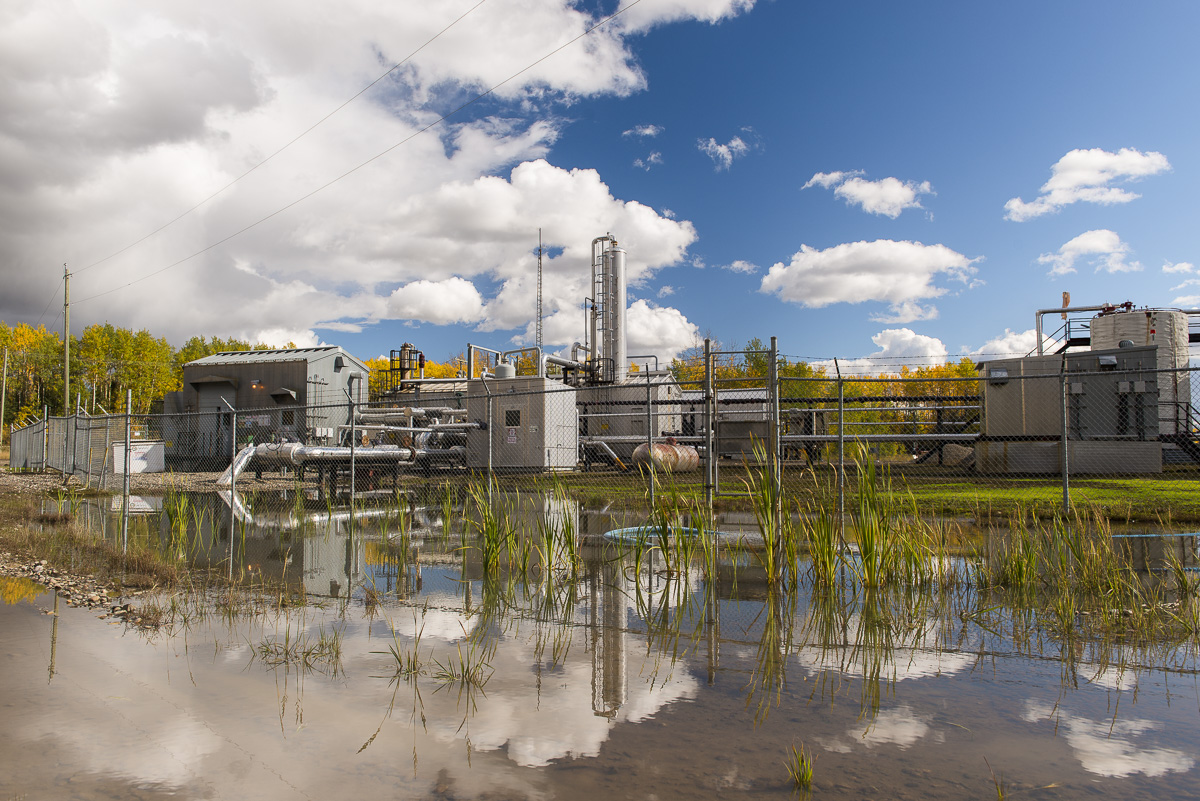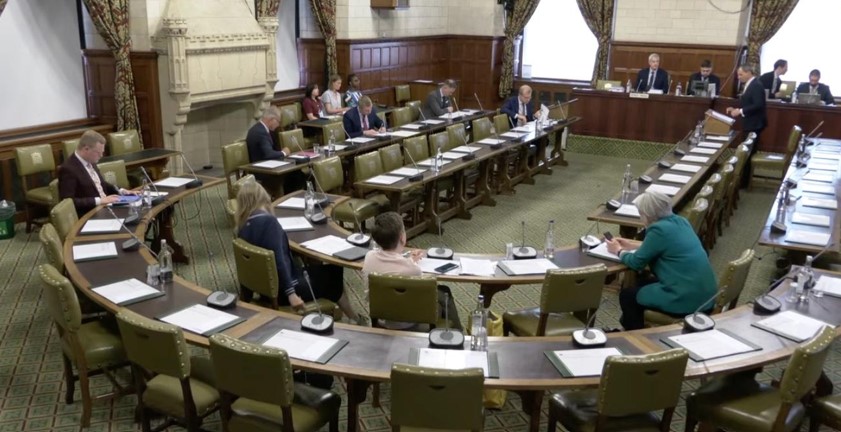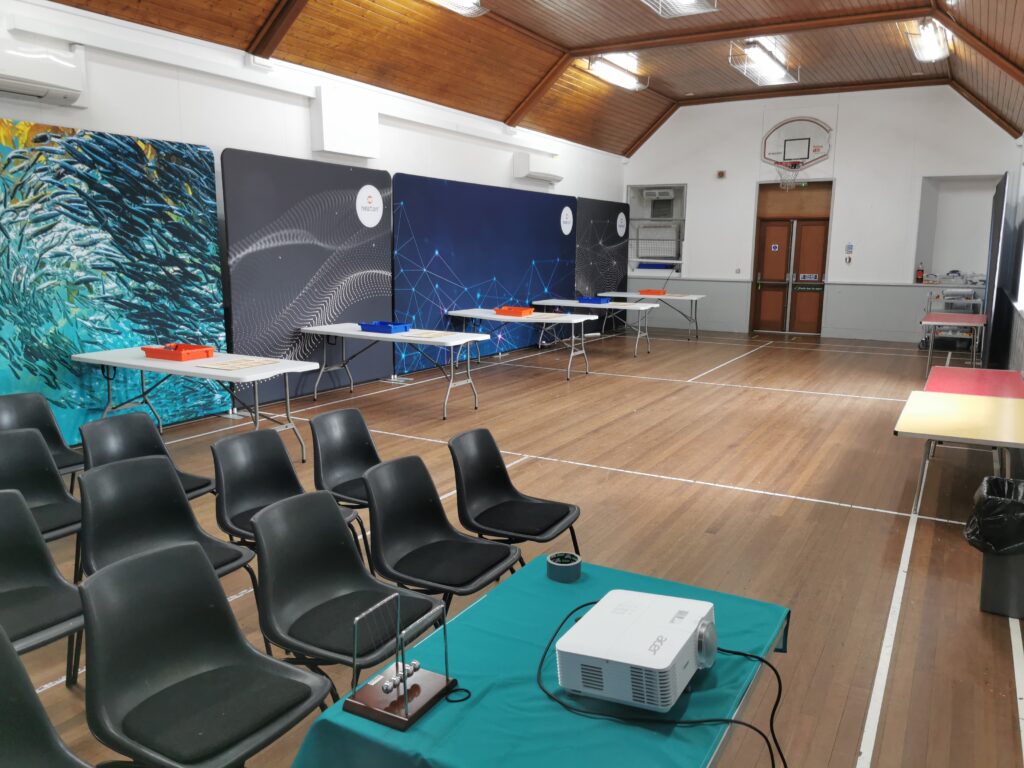Fracking has induced earthquakes in northwest Alberta,  some of which have lasted for months due to residual fracking fluid, according to a new study published in Science today.
some of which have lasted for months due to residual fracking fluid, according to a new study published in Science today.
Earthquakes induced by fracking have been noticed in Western Canada for about four years, but this is one of the first studies to specifically identify the causes that resulted in “activation.”
Hydraulic fracturing, or fracking, involves sending a high-pressure mixture of water and chemicals underground to fracture the earth and release oil or gas.
The article, Fault activation by hydraulic fracturing in western Canada, was authored by two University of Calgary geoscientists.
David Eaton and co-author Xuewei Bao compiled a database of more than 900 seismic events back to December 2014, combining publicly available information with records provided by Canadian Discovery Ltd. and Repsol.
That was the first event exceeding magnitude 4 in the area of the Duvernay shale formation.
On February 19, 2015, the Alberta Energy Regulator issued an order requiring operators to shut down any fracking operations following seismic activity over magnitude 4 that occurs within five kilometers of the well.
The research was partly funded by Chevron Canada, which had to shut down operations at a well pad near Fox Creek in June 2015 due to a magnitude 4.4 earthquake.
A magnitude 4.8 earthquake shut down Repsol operations near Fox Creek, Alberta, in January 2016. A year earlier, a magnitude 4.4 earthquake was heralded as likely to be the largest fracking-related earthquake in the world.
There are two main causes of the earthquakes, according to the study.
The first is immediately related to the increased pressure as the fracking process takes place. In those types of earthquakes, activity stopped almost immediately after the operations ended.
“We were able to show that what was driving that was very small changes in stress within the earth that were produced by the hydraulic fracturing operations,” Eaton said.
However, the second and more “unexpected” learning was that one part of the fault remained “persistently active” for several months after operations, continuing to produce micro-earthquake activity.
Eaton says he and Bao were able to best explain that by the infiltration of “high-pressure fluids” from the frack operations into the fault, with the “pressure signature” from fracking slowly diffusing downwards until reaching a pre-weakened fault.
“The management of induced seismic activity for those two scenarios should be quite different,” he says.
“Induced seismicity” refers to tremors that are caused by human activity including mining, reservoir impoundment behind dams and withdrawals such as oil and gas production.
Eaton had previously concluded that between 90 and 95 per cent of seismic activity in Alberta over magnitude 3 in the last half-decade was associated with fracking and underground disposal of wastewater.
Unlike in Canada — where Eaton says a “majority of injection-induced earthquakes are actually linked to hydraulic fracturing” — most earthquakes in the central United States have been linked to large underground disposal of wastewater, a difference between operational and geological causes.
When it was in opposition, the Alberta NDP called for an independent review of fracking largely due to concerns about water contamination; then-leader Brian Mason noted that more than 1,500 fracking licences were approved by the Alberta Energy Regulator (AER) in 2013 and called for an investigation into the Fox Creek earthquake of January 2015.
However, a motion to debate a moratorium on fracking was shot down at the 2016 Alberta NDP convention. Nova Scotia and New Brunswick have moratoriums on fracking, while the federal government is currently being sued by Lone Pine Resources for Quebec’s fracking ban.
Eaton says he hopes the research will result in better regulation and risk assessment processes.
“Regulators are deeply engaged right now in working with industry and academics,” he says. “Our hope is that the new results that we published will help to contribute to science-informed regulations. We’re also hoping that it’s useful to industry as a way to better characterize risk and develop appropriate mitigation strategies.”
Photo: ©Garth Lenz
Subscribe to our newsletter
Stay up to date with DeSmog news and alerts







